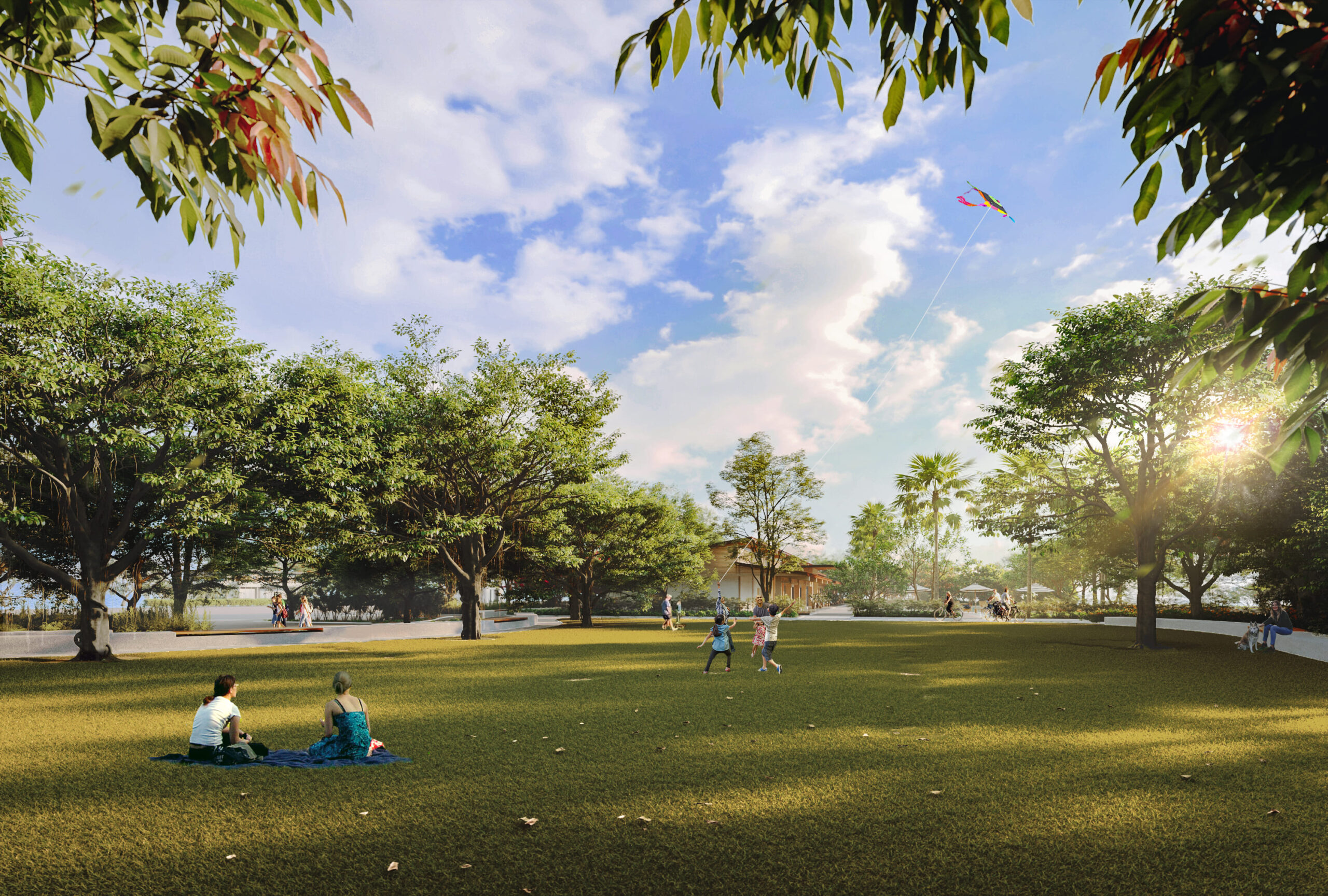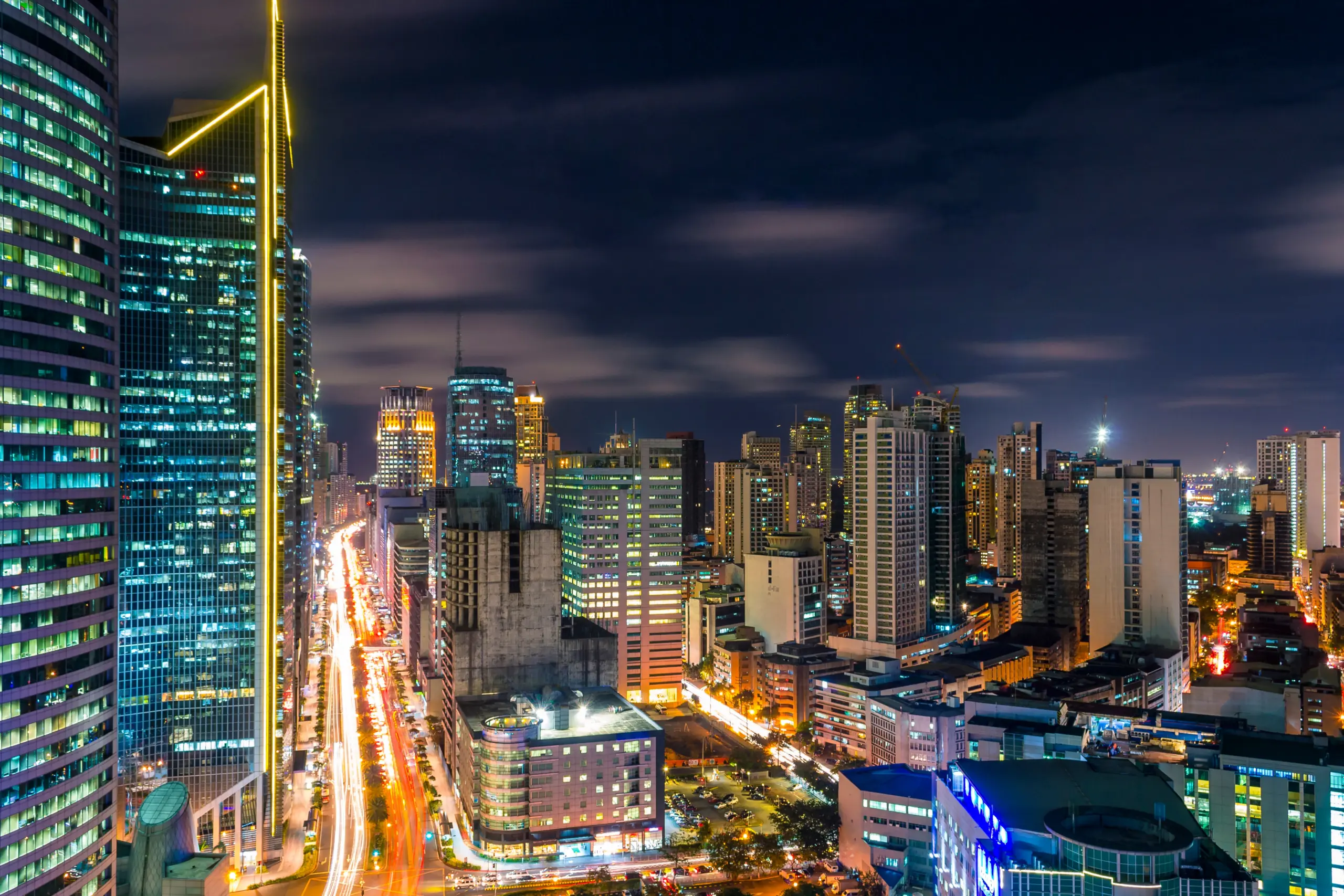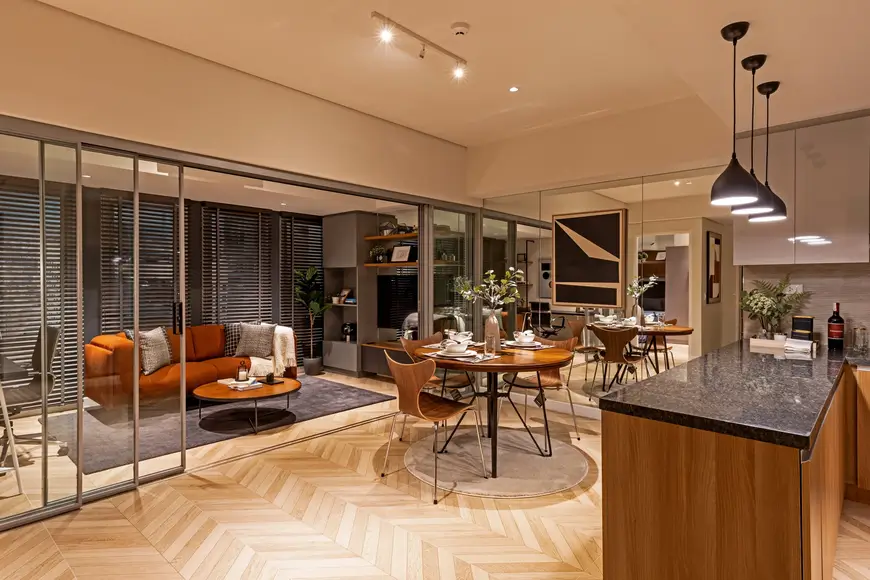Pre-selling vs. RFO Condo: Which is Right for You?


Pre-Selling Condos vs. RFO Condos
When it comes to buying a condo, one of the first big choices you’ll make is choosing between a pre-selling unit—one that’s still under construction—and an RFO or ready-for-occupancy condo that you can move into right away. Each option has its perks, so the debate on pre-selling vs. RFO really depends on what matters most to you: flexibility, budget, future potential, or immediate comfort.What is a pre-selling condo unit?
Also called “off-plan” properties, pre-selling condos are sold to investors or homebuyers during the early stages of the construction process. It can be during the project’s planning stage, before completion, or before construction. You’re purchasing a unit that doesn’t exist yet, which means you’ll have to wait for the construction, completion, and turnover before you can move in or market it for rent. Here are some of the top reasons you might want to invest in pre-selling condos:Lower introductory price
Since pre-selling units are sold before construction is complete, they are typically offered at a lower price than ready-for-occupancy units. This lower entry point can make it easier to secure a property in desirable locations or up-and-coming developments.Flexible payment terms
Developers often provide more flexible payment options for pre-selling condos, giving you more room to manage your finances as a first-time buyer or an investor trying to avoid a significant upfront cost.Higher potential for value appreciation
As the condo progresses from blueprint to reality, the value of a pre-selling unit often increases. By the time the real estate company completes the building, the unit you bought at a lower price may already have appreciated, giving you a head start on returns should you decide to sell.What is an RFO (ready-for-occupancy) condo?
RFO condos are completed units ready for turnover. You can buy them directly from developers or individual property owners. Once you’ve finished all the paperwork and finalized the payment agreements, you can move into the unit immediately. Most RFO units have flexible payment schemes, like lease-to-own arrangements. So, what makes an RFO condo a smart choice? Here are the main benefits: [Also read [MP4] link=”How to Execute Different Property Investment Strategies with RFO Units” text=”/articles/how-execute-different-property-investment-strategies-rfo-units/”]Immediate use
Since RFO units are already available, you can move in or rent out the unit as soon as the sale is complete. This is perfect if you need housing right away or plan to earn a return on investment (ROI) through rentals quickly.Available property tour and inspection
With RFO units, you can inspect the completed property’s condition, layout, and amenities. There’s no waiting or wondering—everything is tangible and viewable from the start.Utilities installed
One of the most significant advantages of RFO units is that they already have utilities installed or the property management has services ready to install them. Aside from power and water, internet lines are already in place and waiting for you to subscribe to a provider.What Are the Differences Between a Pre-Selling Condo and an RFO Condo?
When choosing between the two types of units, you should consider several aspects to help you weigh the pros and cons between them. Should you invest in RFO condos or pre-selling condos? Here’s how to weigh your options: [Also read link=”Should You Invest in RFO Condos” text=”/articles/invest-ready-for-occupancy-rfo-condos”]Turnover time
Turnover time is a key consideration. For pre-selling units, turnover can range from less than a year to over four years, depending on the development’s construction stage. RFO units, however, are ready for immediate move-in once you’ve completed the purchase process. If you’re in no rush and want a longer timeline for payment, pre-selling might be ideal. But if you need a home or investment property that’s ready right now, RFO may be the better alternative. [Also read link=”How to Shorten the Return on Investment Payback Period with RFO Units” text=”/articles/how-to-shorten-the-return-on-investment-payback-period-with-rfo-units/”]Availability of utilities and amenities
Pre-selling units offer the excitement of moving into a brand-new development with modern amenities; you only have to wait until the construction is complete. Federal Land’s The Grand Midori Ortigas will feature exceptional amenities like a jacuzzi, pool lounge, yoga room, and Zen Garden once it opens in December 2024. Meanwhile, Palm Beach West and Palm Beach Villas in the Bay Area are RFO condos—the amenities are already available, so you can start enjoying the facilities from day one.Selection of units
With pre-selling condos, you get the first pick of units, allowing you to choose your preferred floor, view, and layout. This flexibility can be a huge advantage if you have specific preferences or want a layout that may become more limited as units are sold. By contrast, RFO condos have a more limited selection. While you might not get first dibs on views or floor plans, what you see is what you get, and you’ll know exactly what’s available.Price
Pre-selling units generally come with lower introductory prices, which can be a major draw for budget-conscious buyers or savvy investors looking to buy into development early. With a pre-selling condo, you can save significantly, especially if you’re purchasing in an up-and-coming area. RFO units, being ready and immediate-use properties, often come at a higher price point. Still, they offer the potential to start generating rental income right away, which can offset the investment faster.Property tour and inspection
Pre-selling units are based on blueprints, renderings, and model showrooms, meaning you’ll need to envision the final look and feel of the unit. The process can be exciting but requires a level of trust in the developer. Federal Land’s Paseo de Roces RFO condo in the Makati Central Business District allows you to schedule an in-person visit to get a real sense of the property, inspect the quality, and see the actual finishes—so there are no surprises. This immediate, tangible experience of an RFO unit offers peace of mind since you can assess every detail while having a trusted real estate developer in the Philippines work on the project.How to Choose Between a Pre-Selling Condo and an RFO Condo
Choosing between a pre-selling condo and an RFO condo depends on your personal needs or investment goals. Whether you’re buying it as a home or as an investment, here are key steps to take.Understand your financial situation
Pre-selling units typically offer lower upfront costs, making them more affordable if you’re working with a tighter budget or seeking lower entry points as an investor. RFO units, though priced higher, provide immediate occupancy and rental potential. Consider your budget and how soon you need to generate returns.Identify your goals for the property
If you’re buying to live in it, an RFO condo is ready for immediate use. If you’re an investor, pre-selling condos let you benefit from a lower price and future value increases.Evaluate your timeline
RFO condos allow immediate occupancy, which is ideal if you need a property quickly. Pre-selling condos come with longer waiting times, but they offer the benefit of appreciating value over time.Consider the other tangibles and intangibles
Think about amenities, location, and the neighborhood. With RFO condo units, you get the advantage of seeing the actual, finished product. These units are already constructed, meaning you can walk through the space, visualize your future home, and get a feel of the layout and flow. Meanwhile, pre-selling condo units may be more attractive due to the tangible price advantage they bring.Find a reputable real estate developer
Choose a developer whose track record shows timely project completion and quality construction of pre-selling condos. With RFO condos, you must still consider the developer’s reputation for quality while taking advantage of the fact that you can inspect the property directly.Find the One with the Best Advantage
Whether you choose to go for pre-selling or RFO, remember that you should pick the one that fits your goals. If you want to invest in real estate, pre-selling condos can give you a quick ROI. On the other hand, if you’re eagerly looking for a home, RFOs are move-in ready. You just need to sort out some paperwork, and then you can start settling in. Seasoned investors often consider a condo for sale Pasay, weighing pre-launch discounts against immediate occupancy, such as a pre-selling condo in Pasay at Mi Casa that offers early-bird pricing. Federal Land offers strategically located, top-quality properties in the Philippines. Whether your condo goals are for investment or personal use, Federal Land properties have high investment potential, sustainable living spaces, and modern amenities. Contact us to learn more about Federal Land’s RFO condos.
Melecio Martin G. Arranz IV
Digital Marketing Head
Martin is an experienced marketer with over 16 years of experience across various industries including real estate, banking and finance, technology, and advertising.
Martin has a broad range of expertise in having handled campaigns, brand launches, activations both in the traditional and digital space. Currently serving as the Digital Marketing Head at Federal Land, Martin leads a team focused on managing digital sales and platforms for the residential, estates and commercial business units.
linkedinINQUIRE NOW
Let us know what you are looking for. Get updated portfolio delivered straight to your inbox.





